Carbide rods are an essential component in various industrial applications, particularly in the manufacturing sector. Among the numerous types of carbide rods, K30 carbide rods stand out for their exceptional properties and versatility. In this comprehensive guide, we’ll dive deep into the world of K30 carbide rods, exploring their composition, applications, and how to choose the right one for your needs. We’ll also compare different models and provide detailed insights into their advantages and limitations.
Overview of K30 Carbide Rods
K30 carbide rods are a type of cemented carbide, also known as tungsten carbide, which is composed of tungsten carbide particles bound together by a metallic binder, usually cobalt. These rods are renowned for their high hardness, strength, and wear resistance, making them ideal for a wide range of industrial applications, from cutting tools to wear parts.
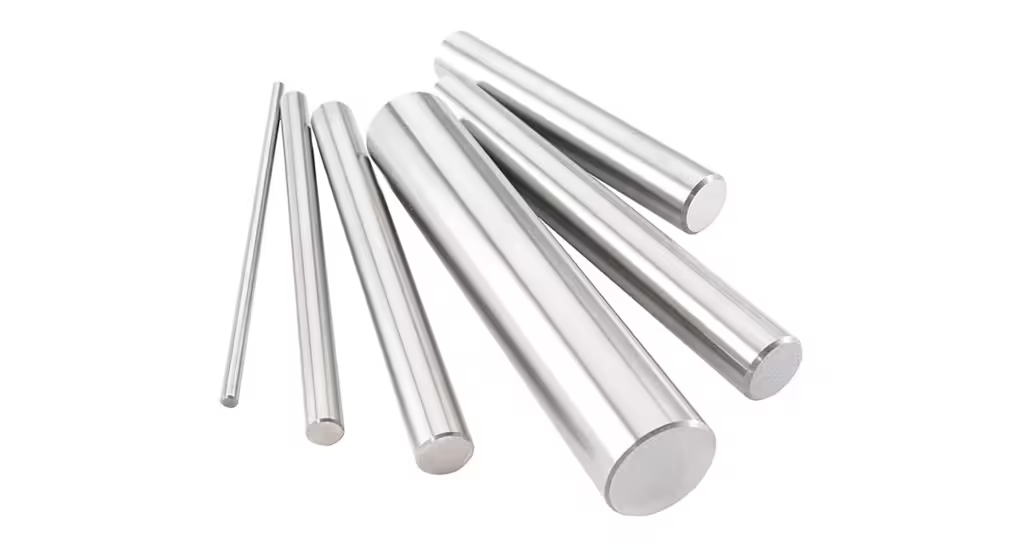
Types of K30 Carbide Rods
Popular K30 Carbide Rod Models
| Model | Description |
|---|---|
| K30-1 | High-performance rod with excellent wear resistance and toughness, suitable for heavy-duty applications. |
| K30-2 | Enhanced thermal stability, making it ideal for high-temperature applications. |
| K30-3 | Optimized for precision cutting tools, offering superior sharpness and edge retention. |
| K30-4 | Balanced properties for general-purpose use in various industries. |
| K30-5 | Ultra-fine grain structure for high-precision machining tasks. |
| K30-6 | High cobalt content for improved toughness and impact resistance. |
| K30-7 | Low cobalt content for increased hardness and wear resistance. |
| K30-8 | Specially designed for drilling applications, providing excellent performance in tough materials. |
| K30-9 | Corrosion-resistant grade, ideal for use in harsh chemical environments. |
| K30-10 | Customizable properties for specific application requirements. |
Applications of K30 Carbide Rods
Industrial Applications
| Application | Details |
|---|---|
| Cutting Tools | Used in the manufacturing of precision cutting tools such as end mills, drills, and reamers. |
| Wear Parts | Ideal for wear-resistant components in machinery, such as bearings and bushings. |
| Mining | Utilized in the production of tools and components for mining and drilling operations. |
| Automotive | Applied in various automotive parts, including engine components and transmission parts. |
| Aerospace | Used in the aerospace industry for high-performance, wear-resistant parts. |
| Medical | Employed in medical instruments and devices requiring high precision and durability. |
| Chemical Processing | Resistant to corrosive environments, making them suitable for chemical processing equipment. |
| Oil and Gas | Utilized in the oil and gas industry for drilling and exploration equipment. |
| Woodworking | Used in woodworking tools for enhanced performance and longevity. |
| Textile | Applied in the textile industry for manufacturing machinery components that experience high wear and tear. |
Material Properties of K30 Carbide Rods
Key Material Properties
| Property | Description |
|---|---|
| Hardness | Extremely high hardness, typically ranging between 85-93 HRA, ensuring excellent wear resistance. |
| Strength | High compressive strength, making it suitable for demanding applications. |
| Toughness | Good toughness to withstand impacts and mechanical stresses. |
| Thermal Stability | High thermal stability, allowing for use in high-temperature environments. |
| Corrosion Resistance | Resistant to corrosion, particularly in harsh chemical environments. |
| Density | High density, contributing to its strength and durability. |
| Wear Resistance | Exceptional wear resistance, ensuring a long service life. |

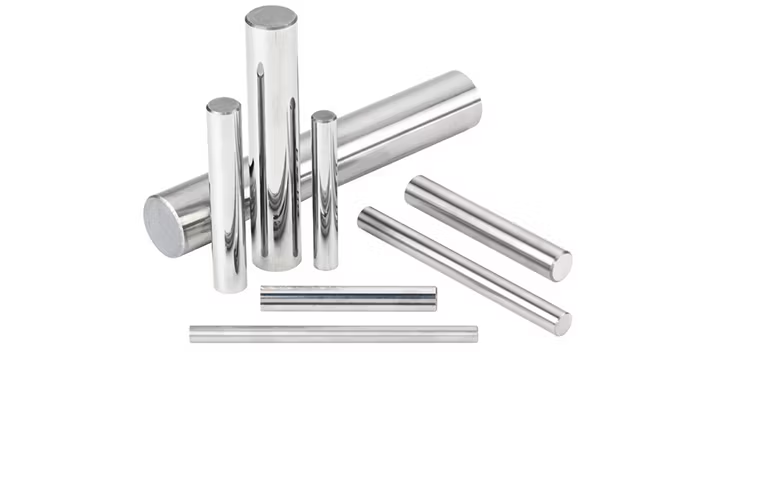
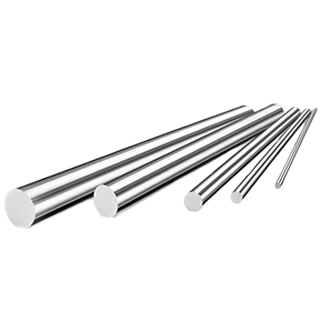
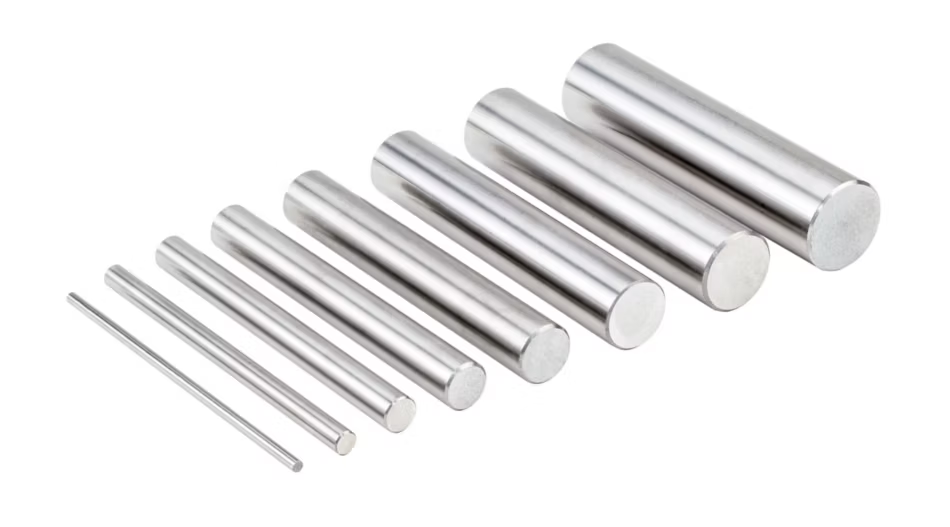
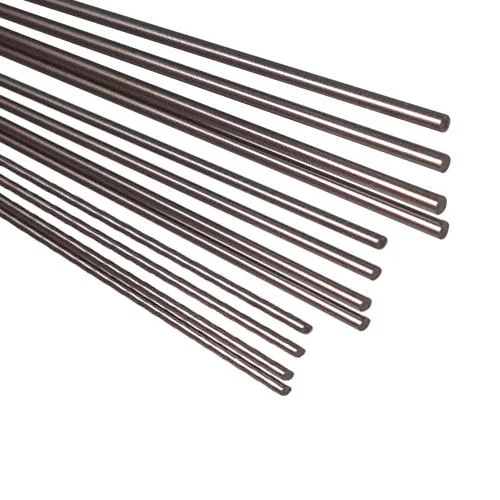

Composition and Characteristics of K30 Carbide Rods
Detailed Composition
| Element | Percentage |
|---|---|
| Tungsten Carbide (WC) | Typically 85-95%, providing the primary hardness and wear resistance. |
| Cobalt (Co) | 5-15%, acting as a binder to enhance toughness and structural integrity. |
| Other Elements | Trace amounts of other elements such as titanium carbide (TiC) or tantalum carbide (TaC) to improve specific properties. |
Hardness, Strength, and Wear Resistance
Performance Metrics
| Metric | Value |
|---|---|
| Hardness (HRA) | 85-93 |
| Compressive Strength | 4000-6000 MPa |
| Fracture Toughness | 10-15 MPa·m½ |
| Wear Resistance | Excellent, with low wear rates in abrasive conditions. |
Specifications, Sizes, and Standards of K30 Carbide Rods
Dimensional Specifications
| Specification | Details |
|---|---|
| Diameter Range | Typically 1mm to 25mm |
| Length Range | Commonly available in lengths of 50mm to 300mm |
| Shape Options | Round, square, and customized shapes available. |
| Standards | Compliant with international standards such as ISO, ANSI, and DIN. |
Suppliers and Pricing of K30 Carbide Rods
Key Suppliers and Pricing
| Supplier | Region | Price Range |
|---|---|---|
| Supplier A | North America | $50 – $100 per rod |
| Supplier B | Europe | €40 – €90 per rod |
| Supplier C | Asia | ¥300 – ¥700 per rod |
| Supplier D | Global | $45 – $95 per rod |
How to Select the Right K30 Carbide Rods
Selection Criteria
| Criterion | Considerations |
|---|---|
| Application | Determine the specific application requirements, such as cutting, drilling, or wear resistance. |
| Material Properties | Evaluate the necessary hardness, toughness, and wear resistance for the intended use. |
| Supplier Reputation | Consider suppliers with a proven track record of quality and reliability. |
| Cost | Balance the cost with the required performance characteristics. |
| Customization | Assess if customization options are needed for specific applications. |
Comparing Advantages and Limitations
Advantages and Limitations
| Aspect | Advantages | Limitations |
|---|---|---|
| Performance | High hardness and wear resistance, suitable for demanding applications. | Can be brittle, requiring careful handling in certain conditions. |
| Versatility | Applicable across a wide range of industries and applications. | Higher cost compared to some alternative materials. |
| Durability | Long service life due to excellent wear resistance and toughness. | May require specialized equipment for machining and processing. |
| Thermal Stability | Maintains performance in high-temperature environments. | Limited flexibility in certain applications due to material rigidity. |

FAQs
| Question | Answer |
|---|---|
| What are K30 carbide rods? | K30 carbide rods are a type of tungsten carbide rods known for their high hardness, strength, and wear resistance. |
| What applications are K30 carbide rods used for? | They are used in cutting tools, wear parts, mining, automotive, aerospace, medical, chemical processing, and more. |
| How do I choose the right K30 carbide rod? | Consider the specific application, required material properties, supplier reputation, cost, and customization needs. |
| What are the key properties of K30 carbide rods? | Key properties include high hardness, strength, toughness, thermal stability, corrosion resistance, and density. |
| Who are the main suppliers of K30 carbide rods? | Key suppliers include Supplier A, Supplier B, Supplier C, and Supplier D, offering rods globally. |
| What are the advantages of using K30 carbide rods? | Advantages include high performance, versatility, durability, and thermal stability. |
| What limitations should I consider with K30 carbide rods? | Limitations include potential brittleness, higher cost, and the need for specialized equipment for processing. |




